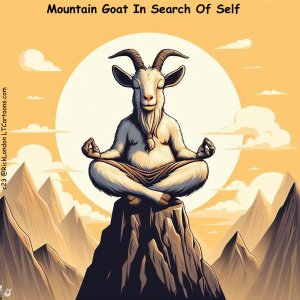Getting Your Creative Mojo Back by Rick London
Creative burnout is a common challenge faced by many professionals in creative industries, such as writers, artists, and designers. It occurs when the demands of constant creativity and innovation become overwhelming, leading to a loss of motivation, inspiration, and productivity. Creative burnout can have a significant impact on both personal well-being and professional success. In this blog post, we will explore what creative burnout is, its causes, and most importantly, how to overcome it and reignite your creative spark.
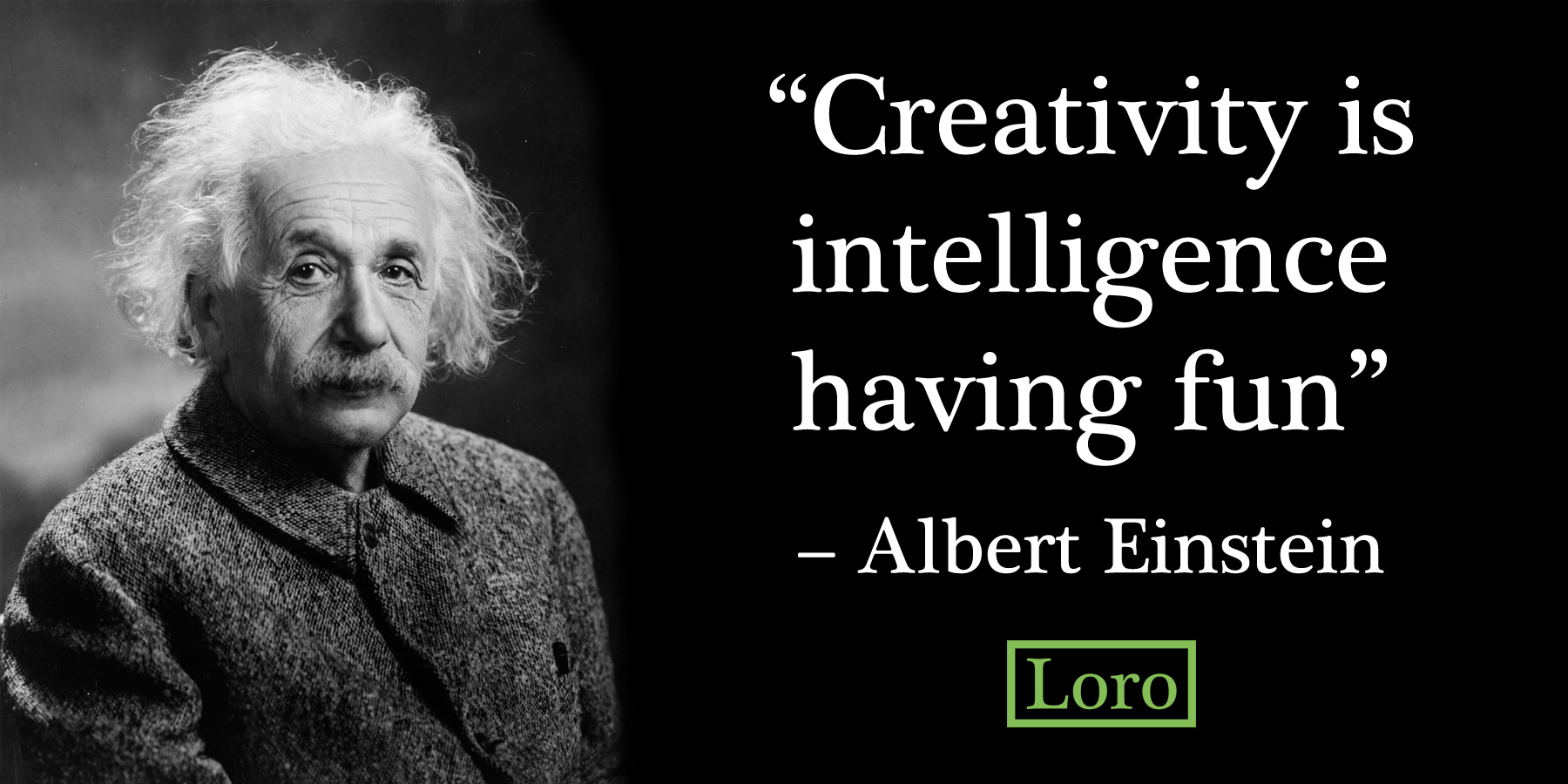
2. Understanding creative burnout
To effectively overcome creative burnout, it is crucial to first understand its underlying roots. Creative burnout can stem from a variety of factors, including high levels of stress, pressure to continually produce original work, lack of rest and self-care, and a fear of failure or judgment. Moreover, it can be aggravated by a lack of inspiration or the feeling of being stuck in a creative rut.

Recognizing the signs of creative burnout is equally important. These signs may include a lack of motivation or enthusiasm towards the creative process, decreased productivity, feeling emotionally drained, and experiencing physical symptoms such as headaches or insomnia. By acknowledging these warning signs, you can implement necessary steps to prevent or recover from creative burnout.
In the next section, we will delve deeper into some effective strategies to help you get past creative burnout and reignite your passion for the creative process. Stay tuned for valuable insights and techniques that will empower you to overcome this common challenge and thrive creatively once again.

3. Common signs and symptoms of creative burnout
In this section, we will explore some common signs and symptoms of creative burnout. By being aware of these indicators, you can better identify if you are experiencing burnout and take steps to address it.
- Lack of motivation and enthusiasm: One of the most prominent signs of creative burnout is a decrease in motivation and enthusiasm towards your creative work. You may find it hard to get excited about new projects or struggle to find joy in the creative process.

- Decreased productivity: Another sign of creative burnout is a decline in productivity. You may notice that it takes longer to complete tasks or that your work output has significantly decreased. This can be frustrating and lead to feelings of self-doubt.
- Emotional exhaustion: Creative burnout is not just physical; it can take an emotional toll as well. You may feel emotionally drained, constantly on edge, or experience mood swings. This can make it difficult to concentrate and stay focused.
- Physical symptoms: Creative burnout can also manifest in physical symptoms such as headaches, insomnia, or even muscle tension. These physical manifestations are your body’s way of telling you that it needs a break.
By recognizing these signs and symptoms, you can take proactive steps to address creative burnout and prevent it from escalating. In the following section, we will discuss strategies and techniques to help you recover and reignite your passion for creativity. Stay tuned for valuable insights and practical advice.

4. Causes of creative burnout
Next section:
Understanding the causes of creative burnout can be instrumental in preventing and addressing it effectively. While every artist or creative individual may have unique circumstances, there are a few common triggers that can lead to burnout.

Firstly, excessive workload and demanding deadlines can push creatives beyond their limits. The pressure to constantly produce high-quality work within tight timeframes can be mentally and physically draining.
Additionally, a lack of work-life balance can contribute to burnout. When your creative pursuits start to dominate every aspect of your life, leaving little time for self-care or personal relationships, it can lead to fatigue and disengagement.
Furthermore, a lack of inspiration or feeling stuck artistically can also contribute to burnout. When you hit a creative block or struggle to come up with fresh and innovative ideas, it can be frustrating and can further exacerbate burnout.

Moreover, continuously striving for perfection and not allowing yourself room for mistakes or experimentation can put a strain on your creative energy and lead to burnout.
In the next section, we will delve into practical strategies to overcome creative burnout. Stay tuned for tips on how to prevent it in the first place and how to recover once you are in the midst of it.
5. Strategies for overcoming creative burnout
Next section: Strategies for overcoming creative burnout
Now that we understand some of the common causes of creative burnout, it’s time to explore practical strategies for overcoming it. Here are five effective ways to get past creative burnout and reignite your creative spark:

- Take breaks: Give yourself permission to step away from your creative projects and take regular breaks. Engage in activities that relax and rejuvenate your mind, such as going for a walk, practicing mindfulness, or pursuing a hobby unrelated to your work.
- Set boundaries: Establish boundaries around your work and personal life to achieve a healthier work-life balance. Learn to say no to excessive workloads and prioritize self-care. Remember, you can’t pour from an empty cup.
- Seek inspiration: Surround yourself with sources of inspiration. Explore new artists, visit galleries, read books, or watch movies that resonate with your creative interests. Exposing yourself to new ideas can help break through creative blocks.
- Embrace imperfection: Let go of the need for perfection and allow yourself room for mistakes and experimentation. Embracing imperfection can open up new avenues for creativity and relieve the pressure to constantly produce flawless work.

- Connect with others: Seek support and connect with fellow creatives. Join online communities, attend workshops or conferences, or collaborate on projects. Sharing experiences and ideas with others can provide a fresh perspective and reignite your passion for your craft.
By implementing these strategies, you can actively combat creative burnout and regain your creative energy. Stay tuned for the next section where we will take a closer look at how to prevent creative burnout from happening in the first place.
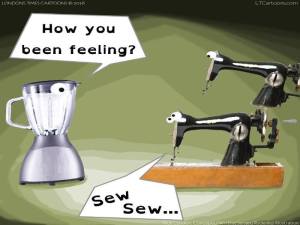
6. The importance of self-care in preventing creative burnout
Section 6: The importance of self-care in preventing creative burnout
While it’s crucial to know how to overcome creative burnout, preventing it from happening in the first place is equally important. One of the key factors in preventing creative burnout is practicing self-care. Taking care of your physical and mental well-being can help you maintain a healthy balance and sustain your creative energy in the long term.

Here are some self-care practices that can help prevent creative burnout:
- Prioritize rest and relaxation: Make sure to get enough sleep, engage in activities that bring you joy and relaxation, and allow yourself time to recharge. Adequate rest is essential for your creativity and overall well-being.
- Maintain a healthy lifestyle: Eat a balanced diet, exercise regularly, and stay hydrated. Taking care of your physical health can positively impact your mental and creative abilities.
- Manage stress: Find healthy ways to manage stress, such as practicing meditation, deep breathing exercises, or engaging in activities that help you unwind. Chronic stress can drain your creative energy, so it’s important to find effective stress management techniques.

- Set realistic goals: Avoid overwhelming yourself with unrealistic expectations and excessive workloads. Break down your projects into manageable tasks and set achievable goals to prevent burnout.
- Practice mindfulness: Be present in the moment and avoid getting caught up in the future or past. Mindfulness can help you stay focused, reduce anxiety, and allow your creative thoughts to flow more freely.
Remember, self-care is not selfish; it’s a vital component of maintaining your creative well-being. By prioritizing self-care and implementing these practices, you’ll be better equipped to prevent creative burnout and continue to create art with passion and enthusiasm.
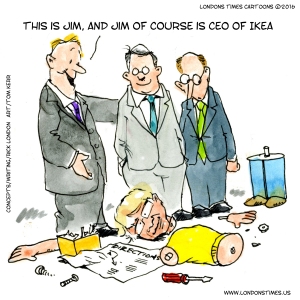
7. Seeking support and collaboration to overcome creative burnout
Section 7: Seeking support and collaboration to overcome creative burnout
As an artist or creative professional, it’s important to recognize that you don’t have to face creative burnout alone. Seeking support from others can play a significant role in helping you overcome this challenge and reignite your creative spark.
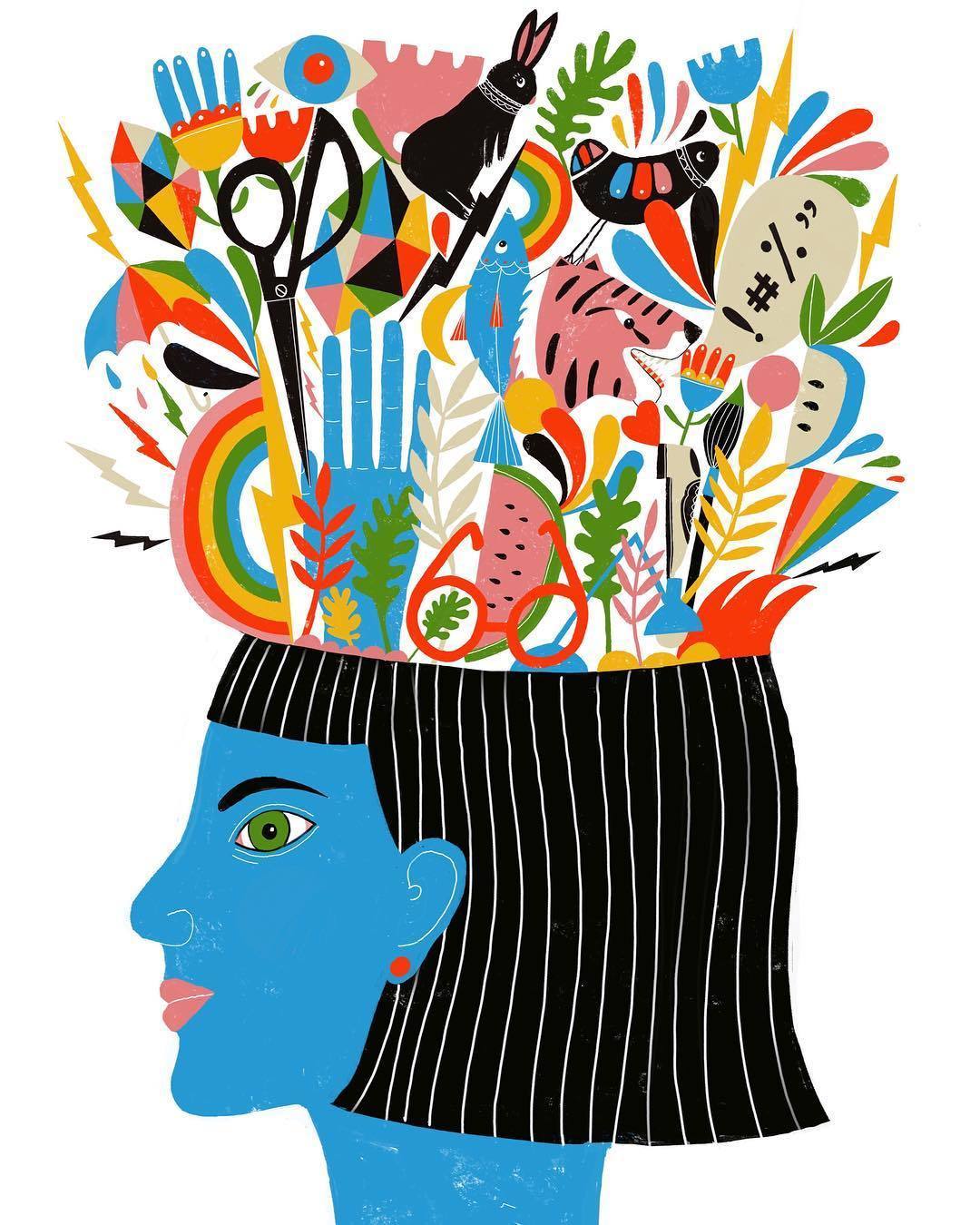
One way to find support is by joining a creative community or seeking out like-minded individuals who can understand and empathize with your struggles. These communities can be found online through social media platforms or in-person through local art groups or workshops. Connecting with others who share your passion can provide encouragement, inspiration, and a sense of camaraderie that can help you get past creative burnout.
In addition to seeking support, collaboration with others can also be a powerful tool in overcoming creative burnout. By collaborating with fellow artists, writers, or creatives, you can tap into new perspectives, gain fresh insights, and foster a sense of shared purpose. Collaborative projects not only allow for the exchange of ideas but also provide an opportunity to feed off each other’s energy and motivation.

Remember, creative burnout is not a sign of weakness or inadequacy. It’s a common challenge that many artists and creatives face at some point in their careers. By seeking support and collaborating with others, you can break free from the grip of burnout and find renewed motivation to pursue your creative endeavors.
8. Conclusion
Section 8: Conclusion
In conclusion, creative burnout is a real and common challenge for artists and creatives. It can leave you feeling drained, unmotivated, and struggling to find inspiration. However, by implementing the strategies discussed in this blog, you can navigate your way through creative burnout and get back on track.
Remember to take care of yourself by practicing self-care and setting boundaries. Explore new hobbies and outlets to recharge your creativity. Stay organized and manage your time effectively to avoid overwhelm. Experiment with different techniques and styles to keep things fresh and exciting. Seek support and collaboration with fellow artists to find encouragement and new perspectives.

Most importantly, be kind to yourself. Burnout is not a sign of weakness. It’s a natural part of the creative process, and by acknowledging it and taking proactive steps to overcome it, you can rekindle your passion and continue to create amazing work.
So don’t let creative burnout defeat you. Embrace it as an opportunity for growth and transformation. Remember, you are capable of creating incredible things, and with the right mindset and support, you can overcome any creative challenge that comes your way.

Keep creating, and never stop pursuing your artistic dreams.
Rick London founded LTCartoons & Gifts in 1997 in a shed/warehouse in rural Ms. His project has since become Google’s #1 ranked offbeat cartoons & funny gifts in 2005 where it has remained so ever since.



